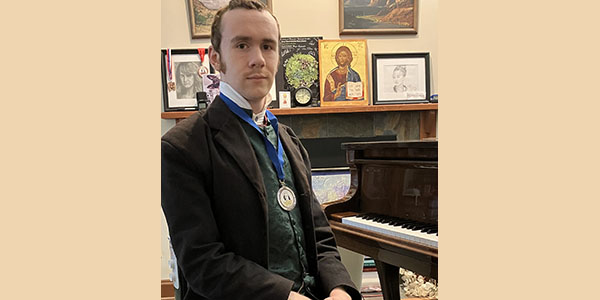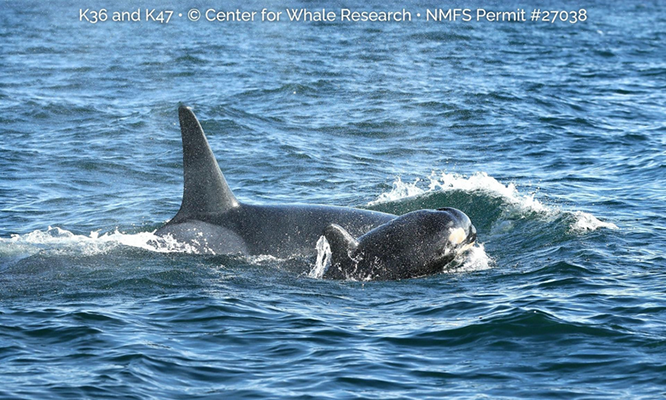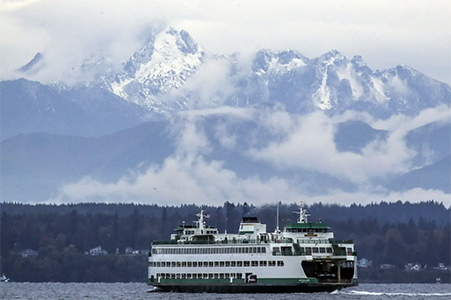By Janet Alderton
People use pesticides and other chemicals that harm salmon for many reasons. While education campaigns are a good idea, education will not change everyone’s behavior. I know people who have their home’s exterior sprayed with anti-carpenter ant pyrethroid pesticides four times each year. Although Integrated Pest Management (IPM) is more effective, regular pesticide application is marketed as simple insurance that will save your home from destruction. Even when told that these pesticides are extremely poisonous for salmon, many people choose pyrethroid pesticides over IPM.
A majority of the Planning Commission says that lawns, gardens, and orchards in wetland buffers are fine because education will stop people from using pesticides, herbicides, deer repellents, and chemical fertilizers. I disagree. Some people will view these products as convenient or necessary to protect their landscaping. Some will use chemicals that poison our salmon because that is what they have always done. Although many people are careful to use products that are safer for the environment, this does not mean that everyone will behave this way.
A ban of certain lawn and garden products in San Juan County has been suggested. This would not prevent people from buying the banned products on the mainland or by mail. Also, many new chemicals are marketed each year without complete testing for toxicity to salmon. Banning the bad ones would always lag behind the gradual poisoning of our ecosystems.
Because gardens, orchards, and lawns are potential sources of harmful chemicals, they should not be permitted to replace natural buffers in future development. Natural buffers trap and biodegrade harmful chemicals and are the best insurance policy for protecting our wetlands. Healthy wetlands recharge our wells with pure drinking water and provide our streams and marine habitats with safe water for salmon and other creatures.
**If you are reading theOrcasonian for free, thank your fellow islanders. If you would like to support theOrcasonian CLICK HERE to set your modestly-priced, voluntary subscription. Otherwise, no worries; we’re happy to share with you.**







